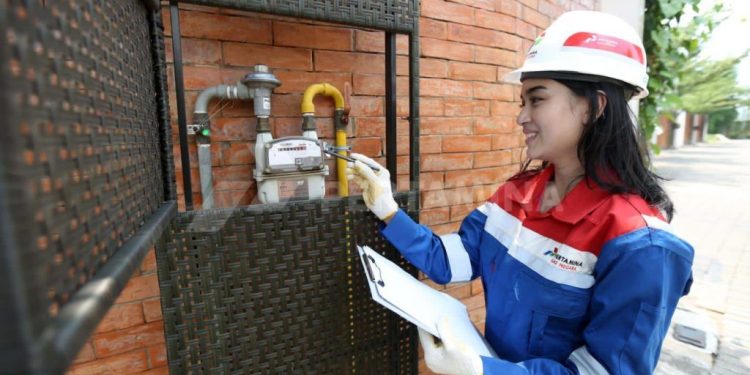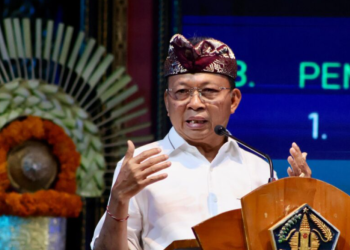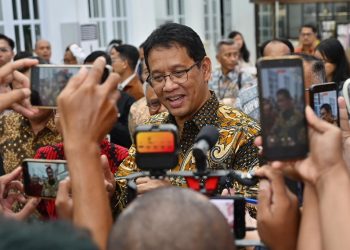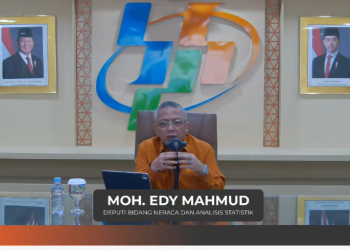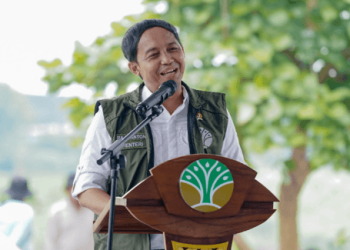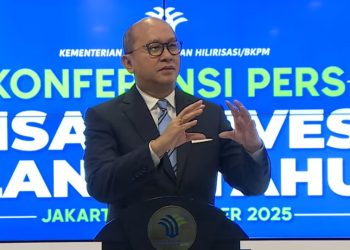Jakarta, Indonesia Sentinel –The Indonesian government is ramping up efforts to cut Liquefied Petroleum Gas (LPG) consumption, aiming to reduce its dependency on LPG imports. One key initiative is the development of natural gas distribution networks, known locally as jargas, for household use.
The Ministry of Energy and Mineral Resources (ESDM) is spearheading the program, targeting 5.5 million household connections by 2030. This ambitious project aligns with the nation’s broader energy transition goals.
Engaging Private Sector in Jargas Expansion
Deputy Minister of Energy and Mineral Resources, Yuliot Tanjung, emphasized the importance of involving private companies in achieving the target. While state-owned enterprises (BUMNs) have played a central role in the project thus far, the government plans to encourage non-BUMN entities to participate.
“We’re planning the implementation so that both BUMNs and private companies can contribute to achieving the 5.5 million household connections,” Tanjung stated during the Hilir Migas Conference, Expo, & Awards 2024 in Jakarta on December 13, 2024.
He added that detailed plans for specific locations are still under review. “We are currently finalizing the details to ensure the target can be met,” Tanjung explained.
Current Progress
As of September 2024, over 1 million households have been connected to the jargas network. Of these, 703,000 connections were funded through the national budget (APBN), while 400,000 were established using non-APBN resources.
“To date, 703,000 household connections have been completed through APBN funding, with an additional 400,000 implemented without APBN support,” Tanjung reported.
Economic and Environmental Benefits
The jargas expansion project is not only expected to reduce Indonesia’s reliance on LPG imports but also to generate significant cost savings for the government. By achieving the 2030 target, the country could reduce LPG imports by 550 kilotons per annum (KTPA) and save approximately IDR 5.6 trillion ($365 million) annually in LPG subsidies.
“The development of 5.5 million household connections by 2030 could result in a subsidy reduction of IDR 5.6 trillion per year,” Tanjung noted.
Indonesia’s Ministry of Manpower Mandates Overtime Pay for Workers on Public Holidays
Looking Ahead
This initiative underscores Indonesia’s commitment to transitioning toward cleaner and more sustainable energy sources. By integrating private sector involvement and expanding the jargas network, the government seeks to meet growing energy demands while reducing environmental and economic burdens associated with LPG use.
With continued focus and collaboration, the program represents a critical step in achieving Indonesia’s energy independence and sustainability goals.
(Becky)


